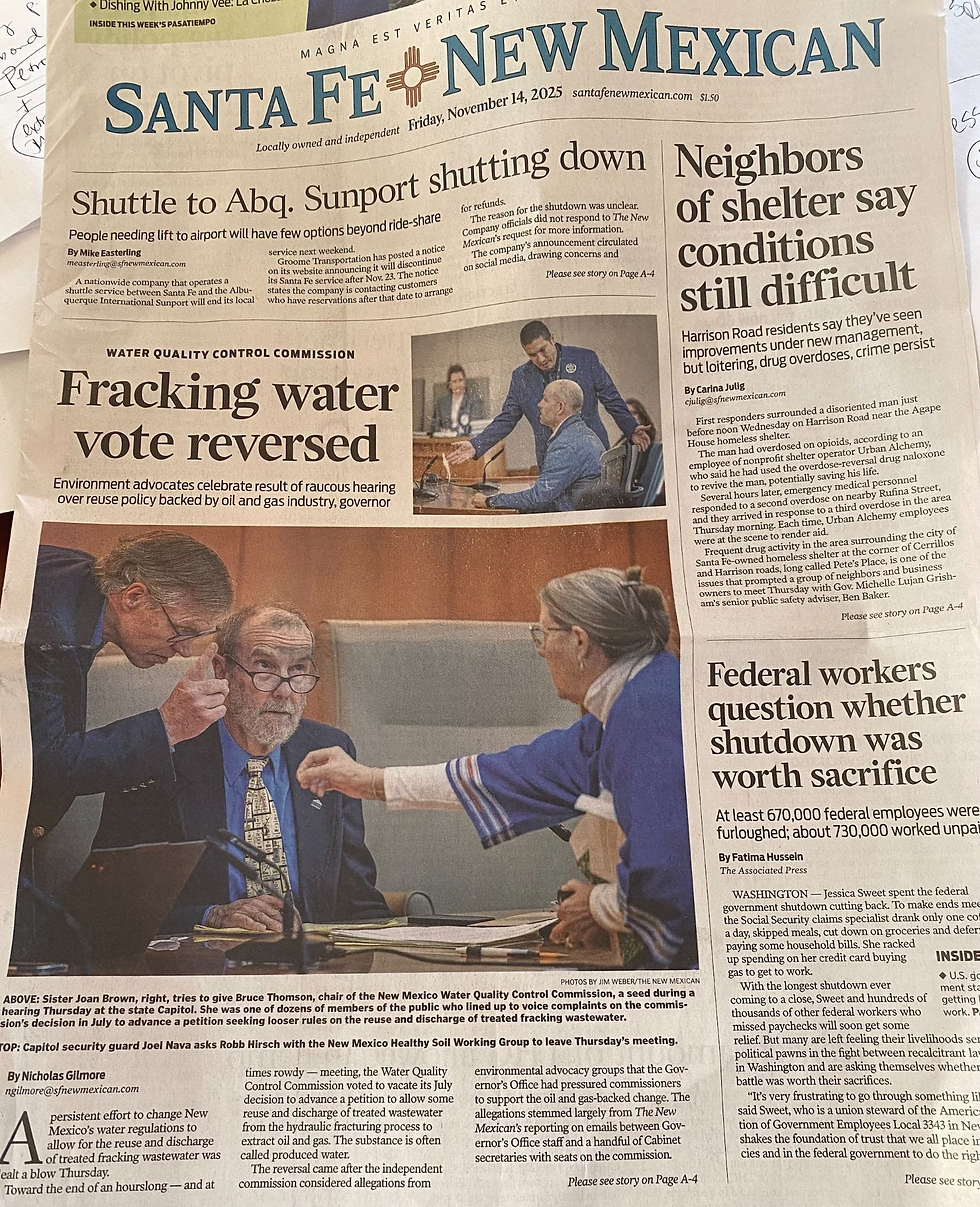That's weak sauce! SB520 Needs Amendments to Earn Our Support
- New Energy Economy

- Mar 6, 2023
- 2 min read

Tomorrow at 9:00AM Senate Conservation will hear SB 520, the Clean Futures Act. (Room 311, https://us02web.zoom.us/j/82404382748) After two failed attempts to attach emissions reduction targets to bills enabling false climate solutions like hydrogen production and carbon capture and storage, a substitute bill to enshrine the Administration's direct emission reduction targets emerged at the end of last week. SB 520 originally called for "net-zero" reduction goals that would enshrine that would incorporate carbon offsets and carbon markets into NM law. Quick outreach and advocacy to amend the bill gratefully had the desired result, and the net-zero and offsets language was removed! However, the committee substitute filed today, dubbed "weak sauce" by our coalition partners, vastly undershoots the scope and urgency that the climate emergency requires. SB 520:
1. Set's weak emissions reduction targets and importantly does not provide for funding of enforcement necessary to achieve those targets. The NM government has proven itself unable to supervise, control and monitor the oil and gas industry. How many inspectors are there currently employed by the NMED to oversee current oil and gas wells? As reported in 2022, the New Mexico Oil Conservation Division (OCD) — the state’s oil and gas monitoring body — has 11 inspectors dedicated to field work and has vacancies for two more. The Air Quality Bureau (AQB) at the New Mexico Environment Department (NMED) has six inspectors, but they monitor a lot more than just oil and gas operations. That means fewer than a dozen full-time, oil-and-gas-only field monitors to cover more than 52,000 active wells in the state. That’s not to mention thousands more injection wells, with more and more wells drilled every day.
2. Fails to require reporting for New Mexico's vast downstream emissions. I once heard someone say "Never expect what you don't inspect." The refusal to even count downstream Scope 3 emissions is a calculated tactic to prevent New Mexican's from tracking the scale of the harm caused by our oil and gas sector. In 2022 New Mexico drilled, fracked and exported more than 500 billion kg CO2e, equivalent to 134 coal-fired power plants, and that number is forecast to keep rising. We are not persuaded that adding this requirement will significantly increase the costs of implementation, as OCD already tracks oil and gas production and assigning carbon output values to this production is not an onerous task. New Mexico’s oil and gas production has grown 125% since 2010 and is poised for continued expansion. Unless this course is corrected, the volume of oil and gas extracted in New Mexico will increase more than 85% by 2030. Over 70% of new extraction will come from wells that have not yet been drilled, known as ‘undeveloped’ oil and gas. If these reserves are extracted and burnt, it would be the equivalent of adding the annual emissions of 123 new coal-fired power plants, making New Mexico principally responsible for a climate bombshell.
3. Includes a "beneficial reuse" clause for methane recapture. This clause must be amended to exclude hydrogen.
We are grateful that amendments to remove offsets and carbon-trading were made, and that efforts to pass climate reduction targets continue. Though we are calling for amendments before we can support this bill, we do view SB 520 as a baby step in the right direction.







Comments